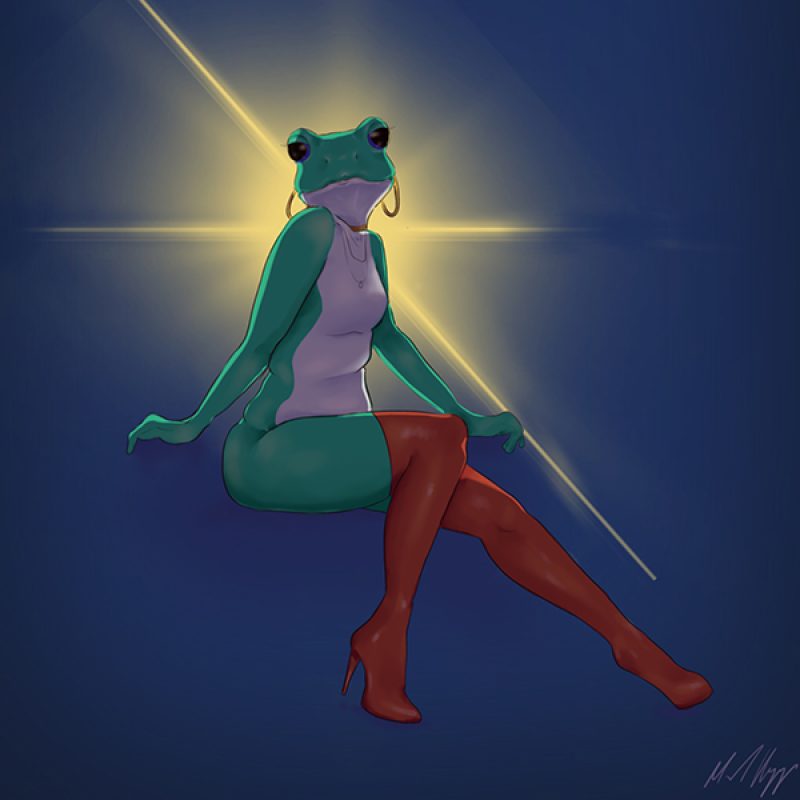As I mentioned yesterday, this is a very unusual Easter for me, alone in Vila Franca, with no friends or family to celebrate with. I am reminded of a smiliar Easter spent in Kanyakumari, India, the difference being that I was on spiritual retreat and under the guidance and supervision of the Jesuits. Needless to say, when you move to a new country and are still very much in the throes of transient life, the solitary path is almost inevitable.
The common thread with all the past solitary Easters I’ve experienced is that I was never without a camera and this year I had the privilege and honour to test the Nikon Z 6II to my heart’s content. In order for you to understand my sentimental attachment to Nikon, I need to travel back in time to Kenya in 1970 when Daddy was the sole family photographer, and would entertain nothing less than Nikon in the house. Those were still the days of film photography when we spoke of ASA and not ISO, stored film in the fridge and not images on SD cards, so you can imagine the milestone and mindboggling transitions I have had to make over the decades! (along with everyone else of my generation!)
My relationship with my father was always tenuous at best, but there were rare instances when we connected and shared a common interest, photography being one of them. There were the ocassions when we transcended father-daughter relationship and evolved into mentor-apprentice, teaching and learning, transfering knowledge without judgement or commands. Whilst my journey in the photography world began with Kodak and Nikon, I got side-tracked by Sony and Canon in the 1990s and then Fujifilm aorund 2012. So it is ironic that I come full circle and hold a Nikon in my hands again after 20+ years. Oh boy have things changed since the Nikon F80!
The Nikon Z series is the premier series of mirrorless cameras, with the Nikon Z 9 as the flagship powerhorse leading the pack. I personally have my issues with the Z 9, which is why I haven’t been to keen to take it out for a spin yet. The Z 7II and the Z 6II, on the other hand, are the epitome of perfection when it comes to ergonomic full frame mirrorless cameras. I knew exactly what I was getting into when I borrowed it for this weekend, but didn’t realize the full power of this camera until last night.
I find power tools sexy, regardless of whether I am dealing with a food processor, electric drill, coffee machine or camera. The challenge of figuring out the mechanics in order to produce the best results is deeply ingrained in me, and I never back down from the complicated and often daunting adjustments to be made along the way. I may not be able to read maps, but I sure as hell know my way around machines… for the most part. Now, the thing with the Nikon Z series, is that you need to keep in mind that you, the photographer, retain full control of the camera, and need to take the time (a lot of time) to explore the menu before setting out for a photowalk or photoshoot. Unlike the Fuji where you can basically attach the lens and tally ho out the door and figure things out intuitively, getting involved with a Nikon Z camera presuposes a certain level of confidence and cockiness.
My weapons of choice were the Nikon Z 6II, paired with a NIKKOR Z DX 50 – 250mm f/f.4.5 – 6.3 lens. Individually, both items are spectacularly powerful, with a high definition sensor and maximuim ISO sensitivity going up to 51200 that blew my mind away. My mission was to test the equipment, so I decided to do what I do best, visual storytelling. The following images have been retouched to the bare minimum for cropping and minor exposure compensation, but the sharpness and definition is all Nikon. Using the zoom lens provided me with an added advantage to being able to remain at a discreet distance, but holy moly, even at 350m distance, the Z 6II delivered. (Click on the individual images to fully appreciate the details)










(NIkon Z 6II)
When photographing with a Nikon Z camera, nothing is left to chance, and the options open to you are almost infinite.
- For street or documentary photography, and also when pointing your lens at wildlife, the Silent Photography mode, for example is exquisite. I got so used to hearing the shutter release over the years that the sudden absence of sound initially made me question whether I had actually shot anything.
- The High ISO NR (noice reduction) is another function that I absolutely adore, because if set properly, you end up spending less time on post-procesing.
- Like the other Nikon Z cameras, you need to know how and when to deactivate the default bracketing, otherwise you will end up with several thousand shots instead of the intended hundred or so. On the other hand, you can also opt for layered exposure series that can be stored as a single image or individual shots. Suddenly the two card slots made perfect sense.
- The AutoFocus eye recognition in the Nikon Z 6II has to be mentioned, because there are two different modes – people and animals, which is a dream to work with. I need to borrow a different lens next time in order to test the Portrait Impression Balance, so stay tuned for that.
- I could go on and on about the Z 6II, but let me end with one last point. For those of you out there who use your cameras for video shooting as well, the Nikon Z 6II and 7II have the RAW video shooting capability as well, again allowing a fascinating range of creative freedom.
It was certainly an experience, and as I said in the beginning, a privilege.

